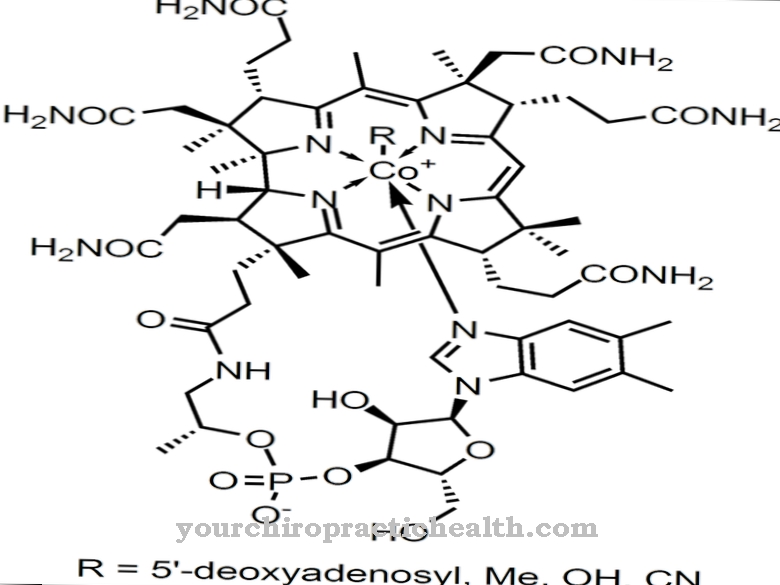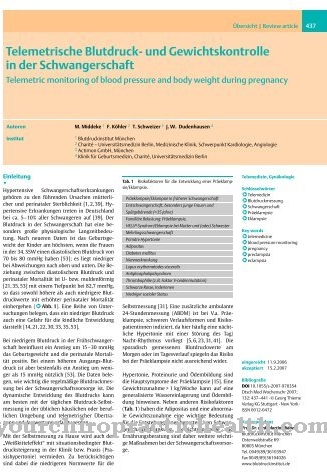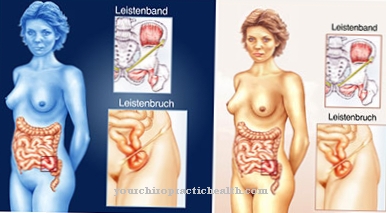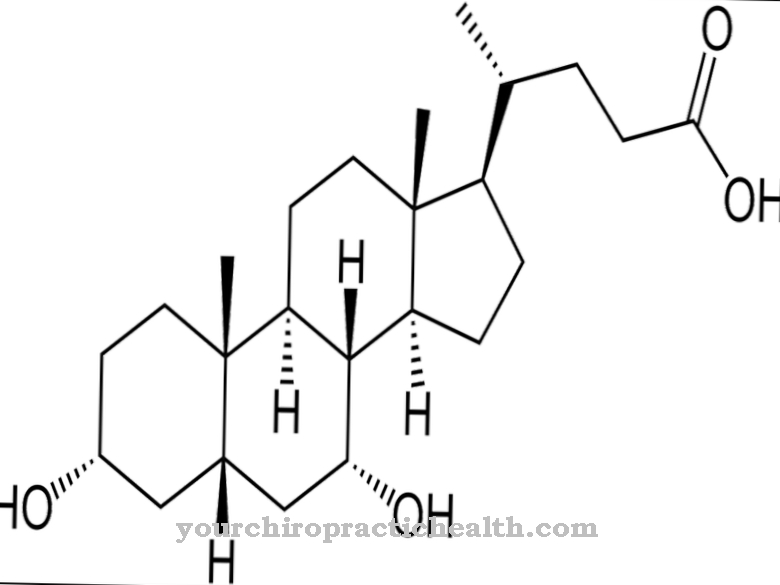Under the name Enterobacter a group of bacteria from the enterobacteria (Enterobacteriaceae) family, which includes many species. It is a group of gram-negative, flagellated rod-shaped bacteria that live facultatively anaerobically and are part of the intestinal flora in the intestine. A few species are pathogenic and can cause meningitis, respiratory and urinary tract infections.
What are Enterobacter?
Enterobacter is a gram-negative species of normally flagellated rod bacteria from the very large family of Enterobacteria (Enterobacteriaceae). Bacteria are almost ubiquitous and, in association with other bacteria, form part of the healthy intestinal flora in the human intestine. However, their share in the total intestinal flora only makes up about 1 percent.
The bacteria usually get their energy from organic substances, which they break down and use 2,3-butanediol fermentation to generate energy under anaerobic conditions. Under aerobic conditions, they are able to obtain energy through the oxidation of organic substances and their breakdown into carbon dioxide and water. A characteristic of all Enterobacter species is that none of its metabolic pathways produce acids such as lactic or acetic acid.
A few types of Enterobacter are pathogenic and cause urinary tract and airway infections. In very rare cases they can also cause meningitis. The majority of Enterobacter species are either non-pathogenic or only facultatively pathogenic if they enter the bloodstream or internal organs through some circumstance, or if the immune system is weakened or artificially suppressed (suppressed).
In recent years, Enterobacter species have increasingly been identified as contributing to hospital infections (nosocomial infections).
Occurrence, Distribution & Properties
Gram-negative Enterobacter from the Enterobacteriaceae family have conquered many areas of life in which they survive as free-living bacteria. The so-called Gram stain, which goes back to the Danish bacteriologist Hans Christian Gram, is used to classify bacteria into gram-positive and gram-negative species. It is a specific coloration which, under the light microscope, provides information about whether the bacterial wall is made up of a single layer of murein (peptidoglycan) or of several layers. In the former case the staining reacts gram-positive and in the latter case it reacts gram-negative.
Enterobacter can be found in food, in plants, in the soil and in water. As intestinal bacteria, they usually live in association with many other types of bacteria. The rod-shaped bacteria of the species Enterobacter are very small with a diameter of 0.6 to 1.0 micrometers and a length of 1.2 to 3.0 micrometers. Their common feature is the peritrichal flagellation, i.e. flagellation over the entire body, which almost all Enterobacter species have. The flagella, also called flagella, consist of thread-like structures with which the bacteria can actively move by means of propeller-like movements.
Another feature that serves to differentiate between individual species are so-called antigens that Enterobacter present on their flagella. Usually it is the type H antigens, which consist of thermolabile flagellum proteins and which the bacterium can transform in order to escape the immune system as much as possible. The antigens provoke an immune response in the form of specific antibodies that can bind to the antigen and trigger further immune reactions.
Some Enterobacter species can encase themselves in a capsule made of mucous polysaccharides to avoid attack by macrophages and thus phagocytosis. A special characteristic of Enterobacter is their metabolism, which allows them to obtain energy via the aerobic respiratory cycle (citric acid cycle) or via the anaerobic fermentation metabolism. In the latter case, alcohol and butanediol are formed as metabolic products.
Enterobacter can use citrate as the sole source of carbon. The chemoorganotrophic way of life makes Enterobacter appear slightly parasitic to neutral in its property as an intestinal bacterium. In particular, the utilization of undigested food residues in the large intestine justifies the assumption that the bacteria do not cause any damage to the human metabolism and also do not withdraw food parasitically, since any "residue utilization" in the large intestine cannot be classified as parasitic due to the lack of absorption capacity of the large intestinal epithelium. Enterobacter bacteria, which form part of the intestinal flora, can in principle be classified as non-pathogenic or facultative pathogenic, unless they encounter a weakened or artificially suppressed immune system (immunosuppression) and get into the bloodstream through which they others Can infect organs.
Meaning & function
Enterobacter lives in the intestine in association with a large variety of other bacteria and other microorganisms. Enterobacter is part of the healthy intestinal flora. As an overall system, the intestinal flora performs important health-related tasks and functions. The digestion is supported by the enzymatic breakdown of certain food components and the intestinal peristalsis is stimulated.
Providing the body with vitamins such as thiamine, riboflavin, B12 and other important micronutrients is particularly important for health. In addition, the healthy intestinal flora has a modulating influence on the immune system. The immune system is constantly challenged and kept “in exercise”. There is a tendency to reduce allergic reactions and autoimmune reactions.
It is very difficult to determine what proportion of the positive properties of the intestinal flora can be attributed to Enterobacter. It is very likely that the positive properties of the non-pathogenic or the only facultatively pathogenic species clearly outweigh the otherwise parasitic way of life.
Illnesses & ailments
A few subspecies of Enterobacter such as E. aerogenes, E. cloacae and Cronobacter sakazakii can occur as pathogens for respiratory or urinary tract infections if the conditions for infection are favorable and the immune system is simultaneously weakened or artificially suppressed. In some cases, Enterobacter have also been identified as causing meningitis.
Nosocomial infections in connection with certain types of Enterobacter have already become known in hospitals. Observing basic hygiene significantly reduces the risk of infection. Basic hygiene particularly means hand washing after using the toilet. Hygienic conditions in the bathroom and toilet are also part of basic hygiene. In the case of contaminated food, heating to at least 70 degrees kills Enterobacter and makes the bacteria harmless.
A fundamental control of bacteria of the type Enterobacter does not make sense, since Enterobacter are a normal part of the intestinal flora and it is not sufficiently known whether and, if so, what benefit they have for humans. In particular, the specific effects of non-pathogenic Enterobacter species on intestinal peristalsis, on fat and carbohydrate metabolism and on the electrolyte balance are not fully understood.
Books on meningitis & meningitis

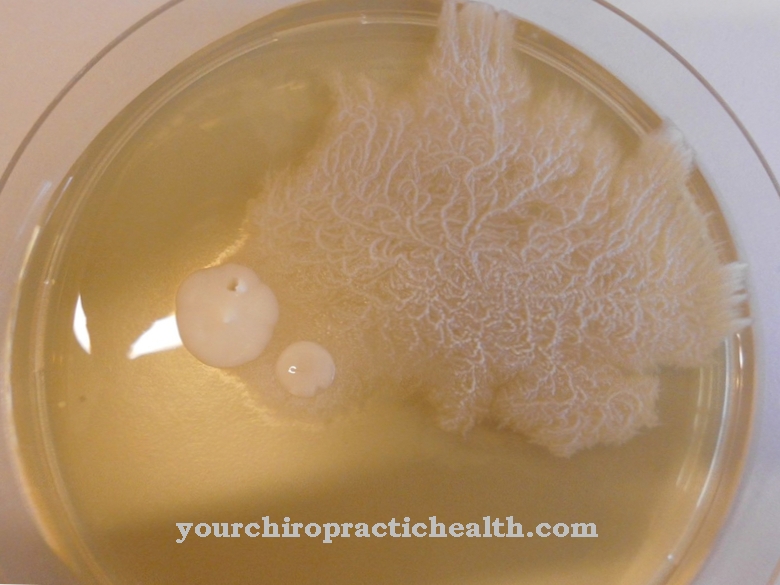

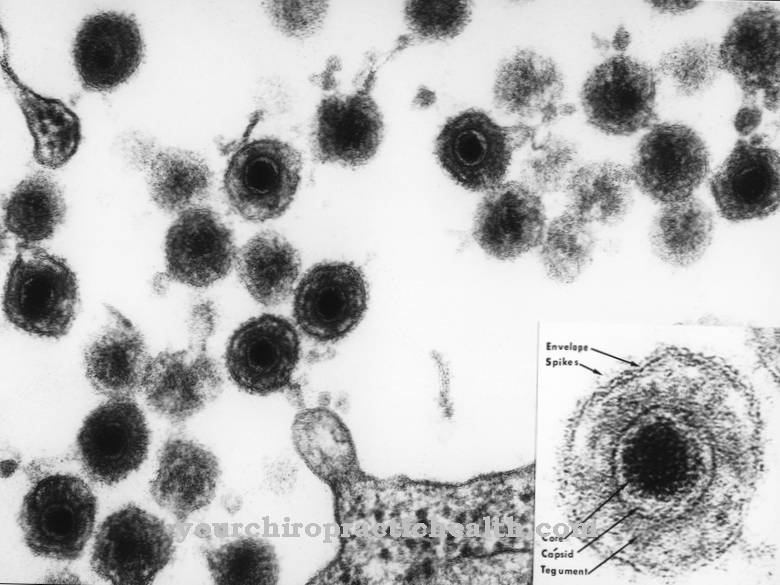


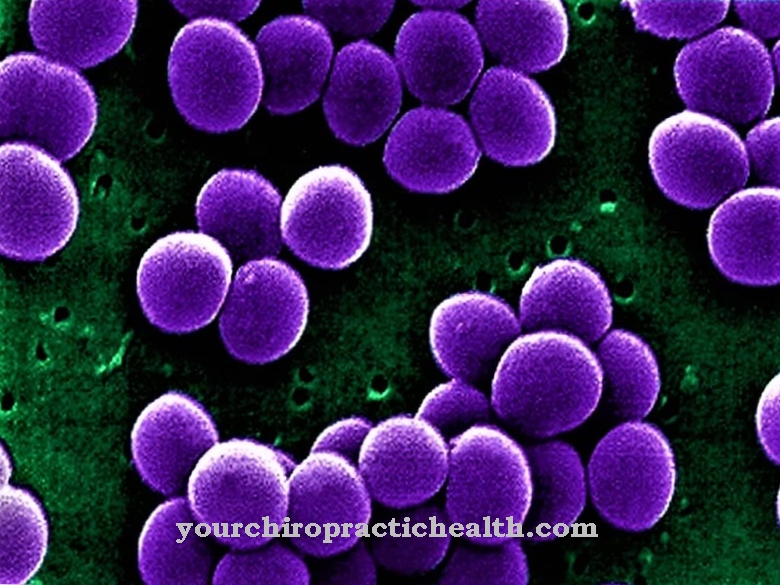








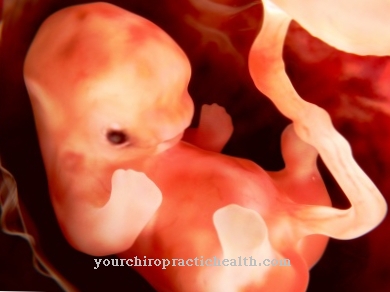
.jpg)


